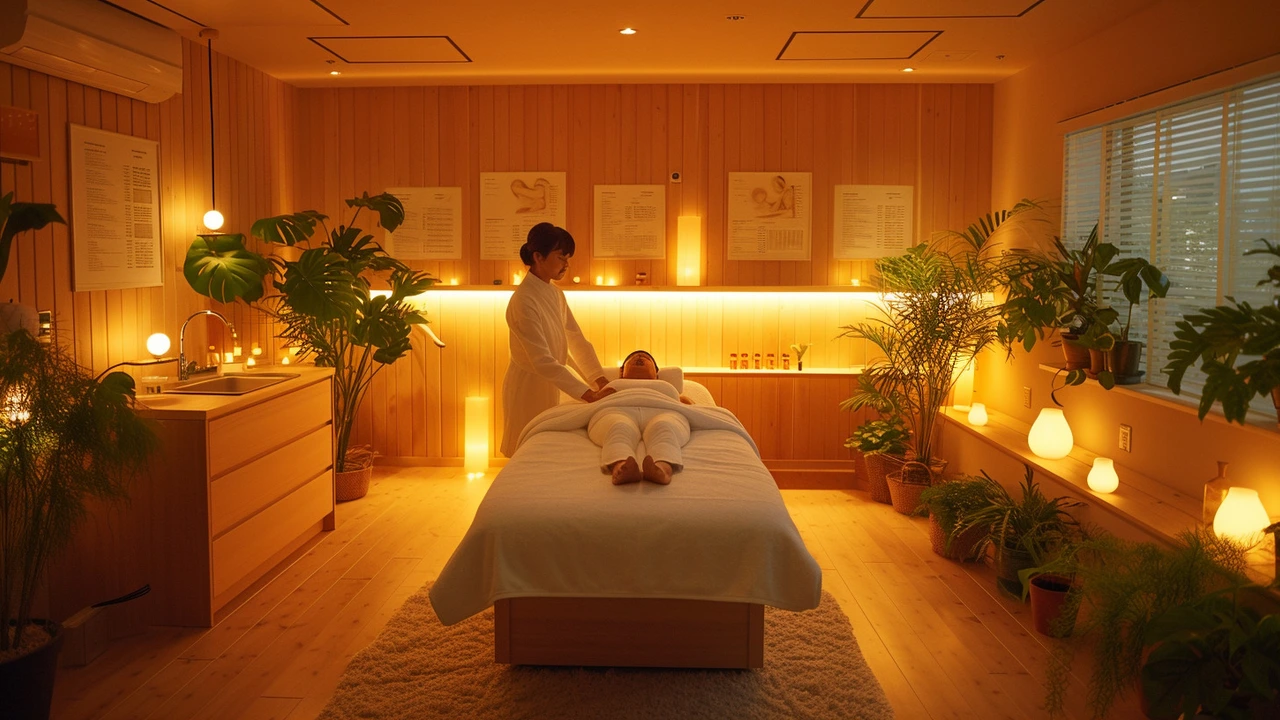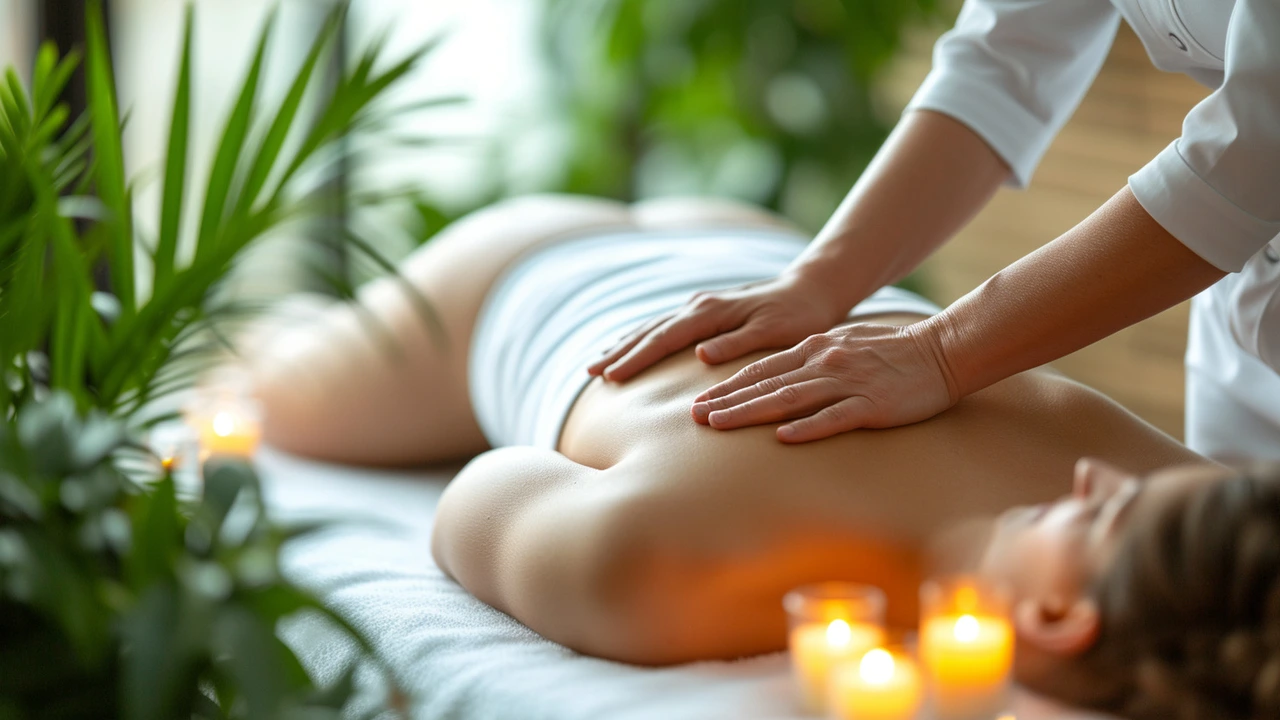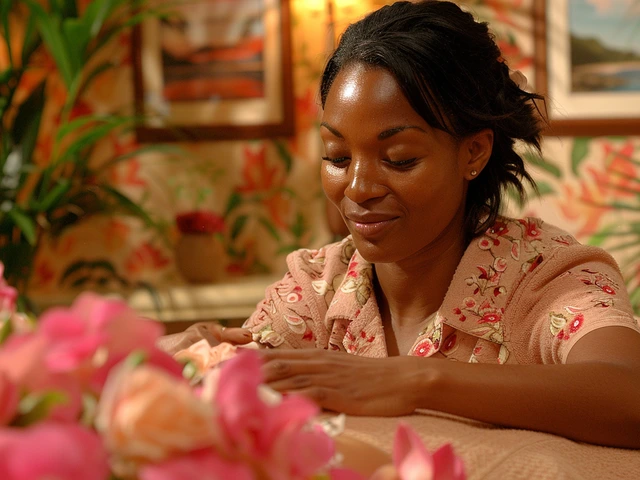Pain-Free Living: Simple, Practical Ways to Ease Daily Pain
Chronic aches and tightness don’t have to be part of your daily routine. Small, targeted steps—done right—can cut pain, improve movement, and keep you active. This page pulls together proven massage and bodywork options, quick self-help moves, and tips for picking the right therapist.
If you need quick relief, try trigger-point work for tight spots, warm stone or hot packs to loosen muscles, and gentle Feldenkrais or Hellerwork-style movement to retrain how your body holds itself. For stress-related tension, acupressure and polarity therapy often help calm the nervous system fast.
Quick moves you can do at home
Start with a 5-minute routine: apply heat to the sore area for two minutes, press and hold a tight point for 20–30 seconds, then move the joint slowly through its range. For neck or shoulder pain, use a tennis ball against a wall to massage knots. For low back stiffness, try gentle pelvic tilts or Feldenkrais-like slow rocking to find easier patterns of movement. These are low-risk and can give immediate relief if you stop when anything hurts sharply.
Self-care isn’t just exercises. Sleep position, hydration, and little breaks during work matter. If you sit a lot, stand every 30–45 minutes and do a quick hip opener. Small changes add up faster than long workouts.
Choosing the right therapy and therapist
Different problems need different tools. If you have joint stiffness or limited range, read about contractual tendon release and ask an orthopedic specialist whether noninvasive options fit. For soft-tissue tension, look for trigger point, Ortho-Bionomy, or Amma therapists. If posture is the issue, Rolfing or Hellerwork can offer deeper structural changes. For emotional or end-of-life comfort, palliative massage and healing touch are focused on comfort, not fixing structural issues.
When picking a clinic or therapist, ask: What’s your approach for my issue? How many sessions do you recommend? Can you show before/after movement examples? A good therapist explains what they’ll do and what you’ll feel.
Watch for red flags: promises of a quick cure after one session, pain during every technique, or a therapist who ignores your questions. Trust your body—effective work should reduce pain or improve movement, not leave you worse off for days.
Want to try something new? Start with one session and a clear goal: reduced pain during sleep, better range to lift a child, or less tension after work. Track your progress for two weeks. If you improve, keep going. If not, try a different method—stone therapy, Hilot, Lomi Lomi, or Kahuna each have unique benefits.
Pain-free living is a mix of smart self-care, the right hands, and small, steady changes. Use targeted moves, pick therapies that match your problem, and keep asking questions until you find what helps you move and feel better every day.

How to Achieve Pain-Free Living with Ortho-Bionomy
Hi there! I've recently delved into the wonderful world of Ortho-Bionomy, a non-invasive treatment method that could lead us to pain-free living. By focusing on the body's innate ability to restore itself, Ortho-Bionomy works wonders in achieving body balance and relieving chronic pains. On my journey to wellness, I've found this method incredibly effective, and I can't wait to share my insights with you. Hop in, as we explore the possibilities of improved health through Ortho-Bionomy.

Ortho-Bionomy: A Journey towards Pain-Free Living
I want to share my journey with you about living a pain-free life through Ortho-Bionomy. This is a holistic approach that's been a game changer for me, helping me understand my body better and relieving ongoing discomfort. It's not just about treatment, but the harmonious connection between the body, mind, and spirit. Join me as we explore the wonders of Ortho-Bionomy for a healthier, more comfortable lifestyle.
Categories
- Health and Wellness (148)
- Alternative Therapies (86)
- Massage Therapy (40)
- Travel and Culture (15)
- Beauty and Skincare (9)
- Holistic Health (8)
- Health and Fitness (5)
- Spirituality (5)
- Other (2)
- Personal Development (2)
Popular Articles



